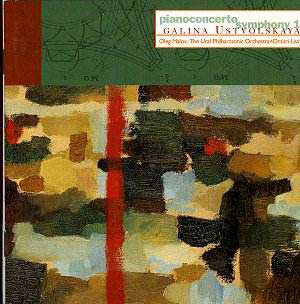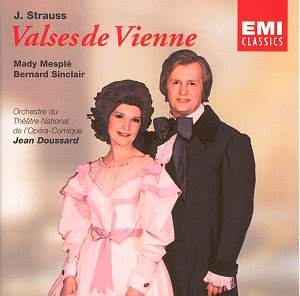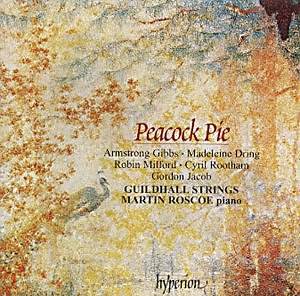 Composer: Galina Ustvolskaya
Composer: Galina Ustvolskaya
Works: Piano Concerto (1946), Symphony No. 1 (1955)
Performers: Oleg Malov (piano), Boris Pinkhasovich (trebles), Pavel Semagin (trebles), Ural Philharmonic Orchestra, Dmitri Liss
Recording: Yekaterinenburg Philharmonia, April 2000
Label: Megadisc MDC 7856
Galina Ustvolskaya, often overshadowed by her contemporaries in Russian music, emerges in this recording as a figure of profound emotional depth and singular vision. Both the Piano Concerto and Symphony No. 1 encapsulate the evolution of her sound, shaped by her early association with Dmitri Shostakovich yet marked by a distinctive individuality that belies any simplistic categorization. The Piano Concerto, dating from 1946, is particularly significant, marking Ustvolskaya’s emergence as a composer with a unique voice. It is a work that blends the dramatic intensity of its time with a haunting introspection that belies its relatively brief duration.
The performance by Oleg Malov is noteworthy for its passionate interpretation and technical precision. His approach captures the concerto’s stark contrasts—between the declamatory themes for strings and the more reflective passages that follow. The first section is characterized by a powerful string motif that resonates with Shostakovichian echoes, yet Malov’s playing reveals Ustvolskaya’s distinctive voice through his nuanced touch and dynamic range. The slow, bleak meditation that follows allows for a moment of profound introspection, during which Malov’s delicate phrasing emphasizes the emotional weight of the music. The concluding section, with its insistence on ostinati and repetitive phrases, is executed with fervor, showcasing both the urgency and the somber reflection that permeate Ustvolskaya’s music.
Ustvolskaya’s Symphony No. 1, completed in 1955, presents a stark contrast to the Piano Concerto, both in orchestration and thematic material. Here, the Ural Philharmonic Orchestra, under Dmitri Liss’s direction, navigates the unconventional structure with commendable clarity. The first movement’s wind-led introduction, constructed of massive sound pillars, serves as a prelude to the more lyrical yet haunting second movement, featuring treble voices conveying Gianni Rodari’s poignant texts. The choral element is striking, and the orchestra maintains a delicate balance, allowing the treble voices to soar above the dense orchestration. Liss’s interpretation evokes a sense of bleak inevitability, particularly in the third movement’s abrupt epilogue, which cuts off with a chilling finality that resonates well beyond the last note.
The recording quality is exemplary, capturing the nuanced interplay of the orchestra and soloist with clarity and depth. The acoustic of the Yekaterinenburg Philharmonia allows for a rich blending of sounds, with the varied textures and colors of Ustvolskaya’s orchestration coming through vividly. The engineering ensures that both the forceful climaxes and the delicate filigree are rendered with precision, providing a listening experience that is both immersive and enlightening.
This release stands as a vital introduction to Ustvolskaya’s unique sound world. The interpretative choices made by Malov and Liss not only highlight the emotional breadth and technical demands of the works but also reveal layers of complexity that invite further exploration of Ustvolskaya’s oeuvre. While the recording’s overall length may seem modest, it serves as a compelling entry point into her music, which remains underrepresented in the concert repertoire. The combination of passionate performances and high-quality production offers a significant contribution to the appreciation of Ustvolskaya’s artistry, guaranteeing that her music, once relegated to the shadows, receives the attention it so richly deserves.



